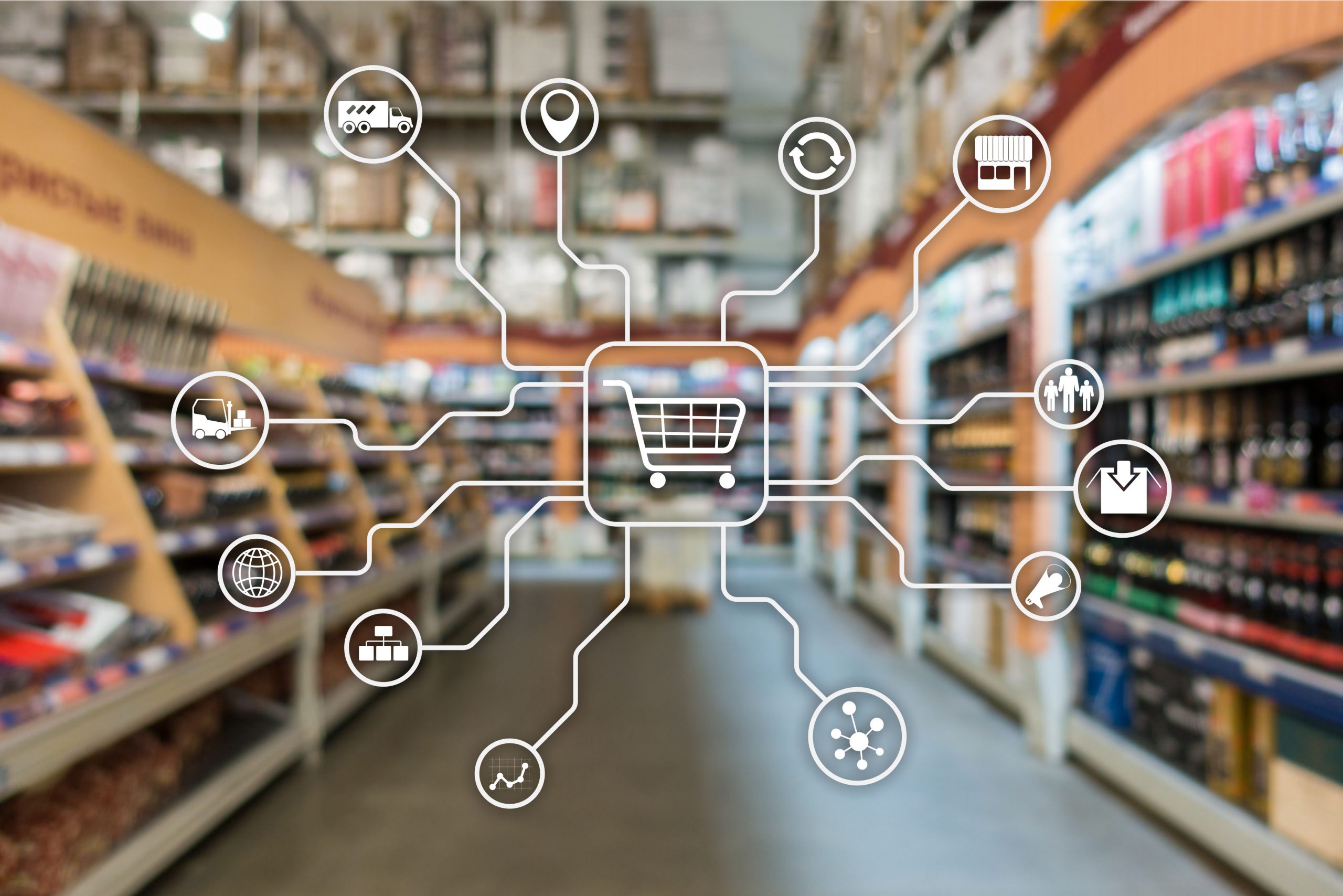This isn’t a news flash. You already know the potential that omnichannel has for retailers. It’s go omnichannel or go home. That’s why you work so hard at it, getting the right systems for each channel, implementing and integrating them, managing and updating them.
Yeah, this gets frustrating. As if selling isn’t already hard enough.
Still, we all find ourselves dealing with it, because omnichannel is the way. Whether you’re already working on your omnichannel solution or planning one out, here are three major potential pain points for retailers like you.
1. Disparate retail systems
To implement omnichannel, the technologies you need start to add up—both software and hardware. In addition to basics like in-store POS, you also need a Merchandising solution to manage inventory accurately and in real time, tools to run eCommerce, plus a strong Order Management System to handle fulfillment.
Okay. Fine. These days, these things can all be integrated, right? Of course they can. You may have already tried it. If so, you know all about the backbreaking backend work that it takes to get them to talk to each other. More or less.
And when one of them gets an upgrade? That’s great! As long as it doesn’t clash with everything else.
In short, if lots of systems make up your omnichannel platform, you no longer have an omnichannel platform. You have omnichannel platforms, and someone’s gotta manage them all.
That’ll be you.
But it doesn’t affect just you. If in-store associates have to hop from one system to another depending on where the exact item is located, they can’t focus on delivering the experience you want for your customers. Not to mention training time, which is only multiplied if the interfaces aren’t intuitive.
Ultimately, this affects customers’ shopping experiences. You want to deliver a seamless experience across each channel, but when you have different systems for those channels, it’s just not as easy.
Whether it’s getting a customer the item they want from a different store or processing different transactions on different systems and devices, having disparate systems muddies the customer experience. It takes more time and more effort to ensure that a customer’s journey leads to a sale.
It’s not that you can’t make it possible. It’s that it takes a lot of work. And the work never ends.
2. Disconnected data
When you have different systems that contain information on products, sales, and inventory, they don’t always share data perfectly. What happens then? Well, you might have to manually reconcile sales across those different systems for POS, e-Commerce, WMS, and so on.
And reporting? Trying to make sense of the numbers across all the systems can make it tough to have true visibility into your overall omnichannel success.
Worse, it could hurt sales. Without real-time inventory data, associates might make a recommendation that they can’t fulfill because their system hasn’t been updated yet. At best, it’s a slight letdown for a customer who really wanted their item today. At worst, it’s a lost sale—or lost customer entirely.

3. Inconsistent pricing and promotions
When you dream up a promotion, you want it to work the same way on all your channels. So what do you do? You make sure each one reflects your idea exactly right.
Wait. Something doesn’t add up. They’re all the same promotion. Shouldn’t it be the same for every channel?
Well, again, if there are different systems for different channels, then the only way to ensure your promotion is correct on every single one is, well, to ensure your promotion is correct on every. Single. One.
Then, if your Merchandising and POS systems are different, there might even be a question of whether you can execute on complex cross-channel promotions. And it doesn’t do you any good to have a great promotion if you can’t actually put it into practice.
If you’re nodding your head by now, or maybe clenching your fists, you probably know all about these challenges of implementing omnichannel.
But here’s the good news, so you can relax those fists. There’s a solution.
With KWI unified commerce, you can get everything you need in one solution, turning all those frustrations into new opportunities—and competitive advantages.